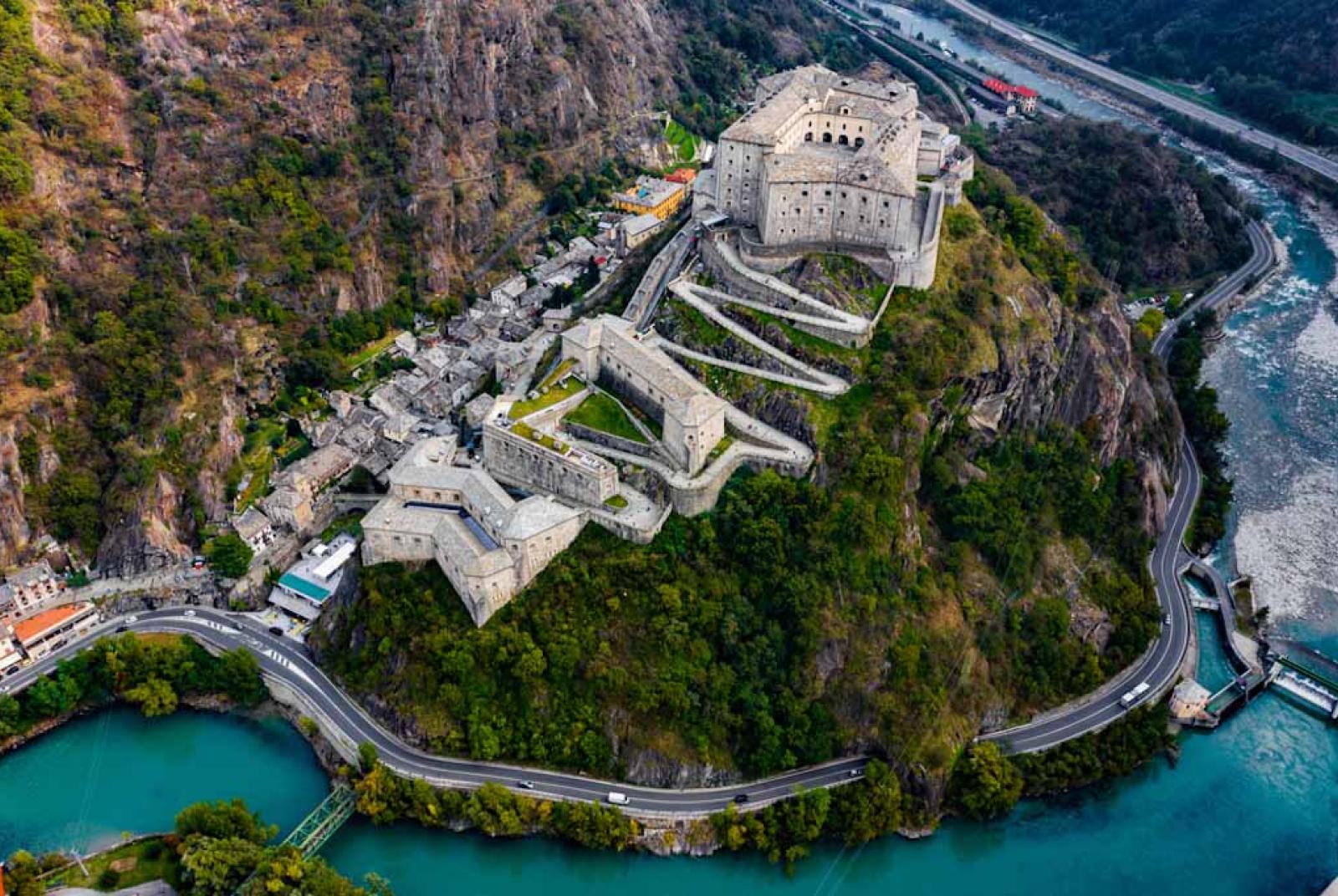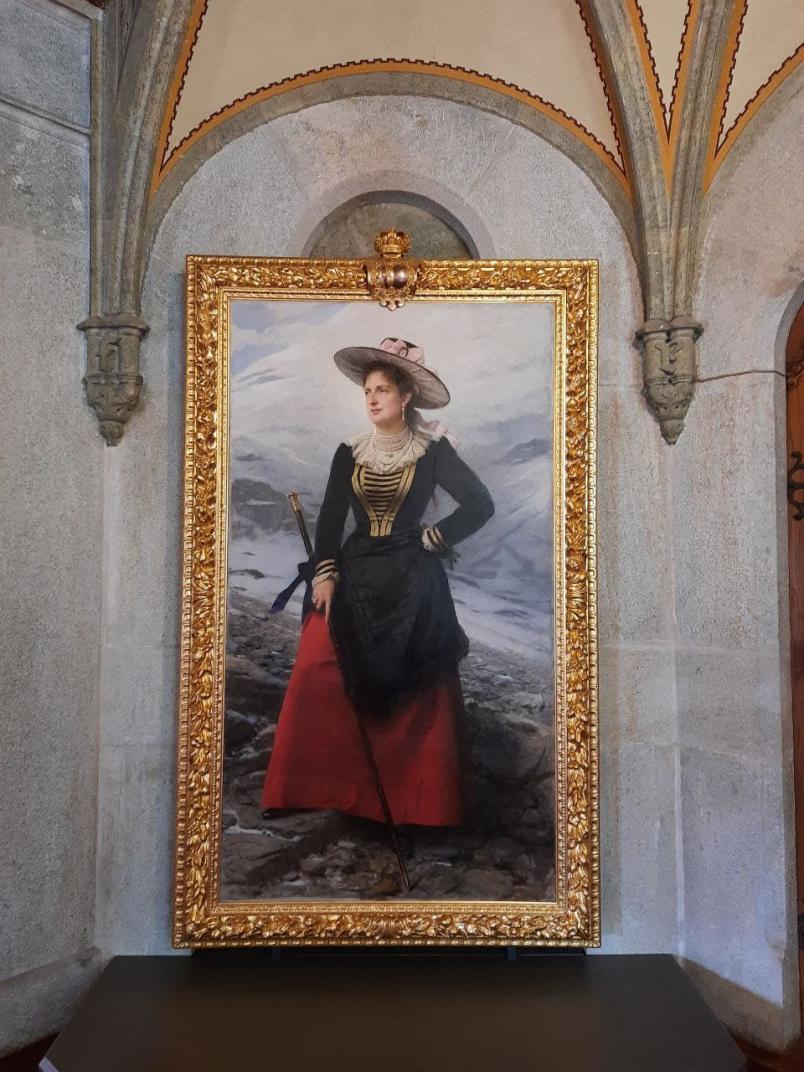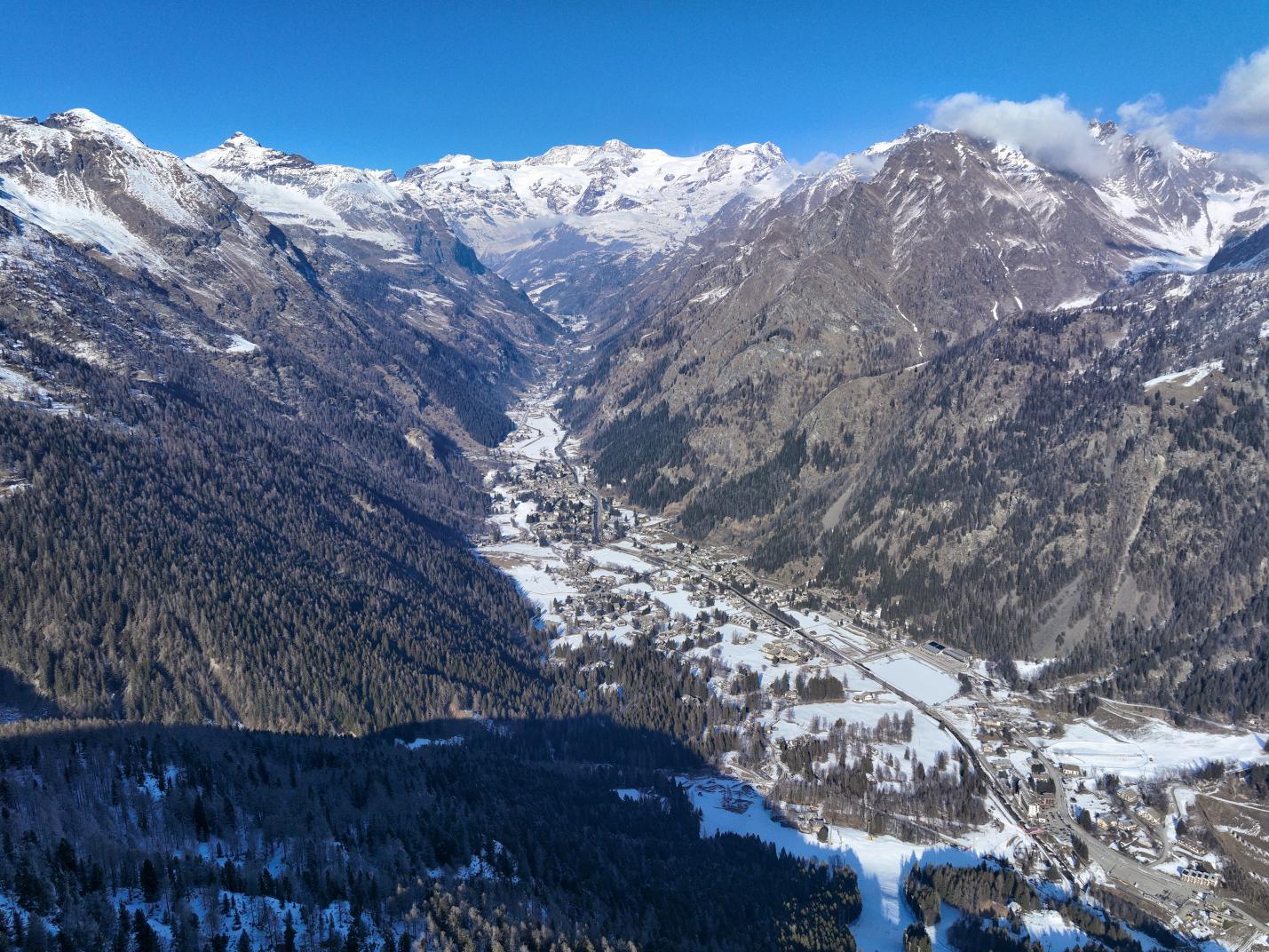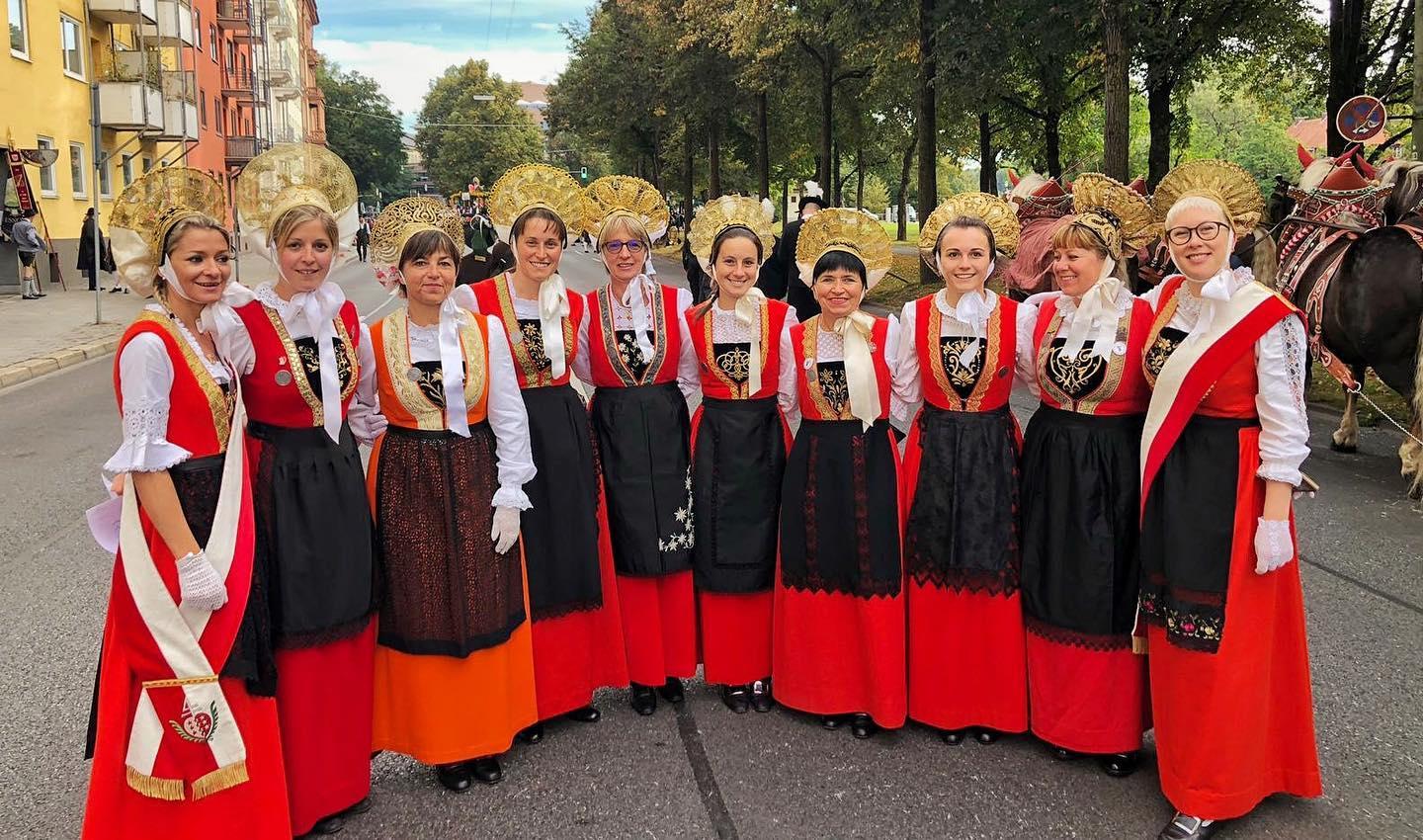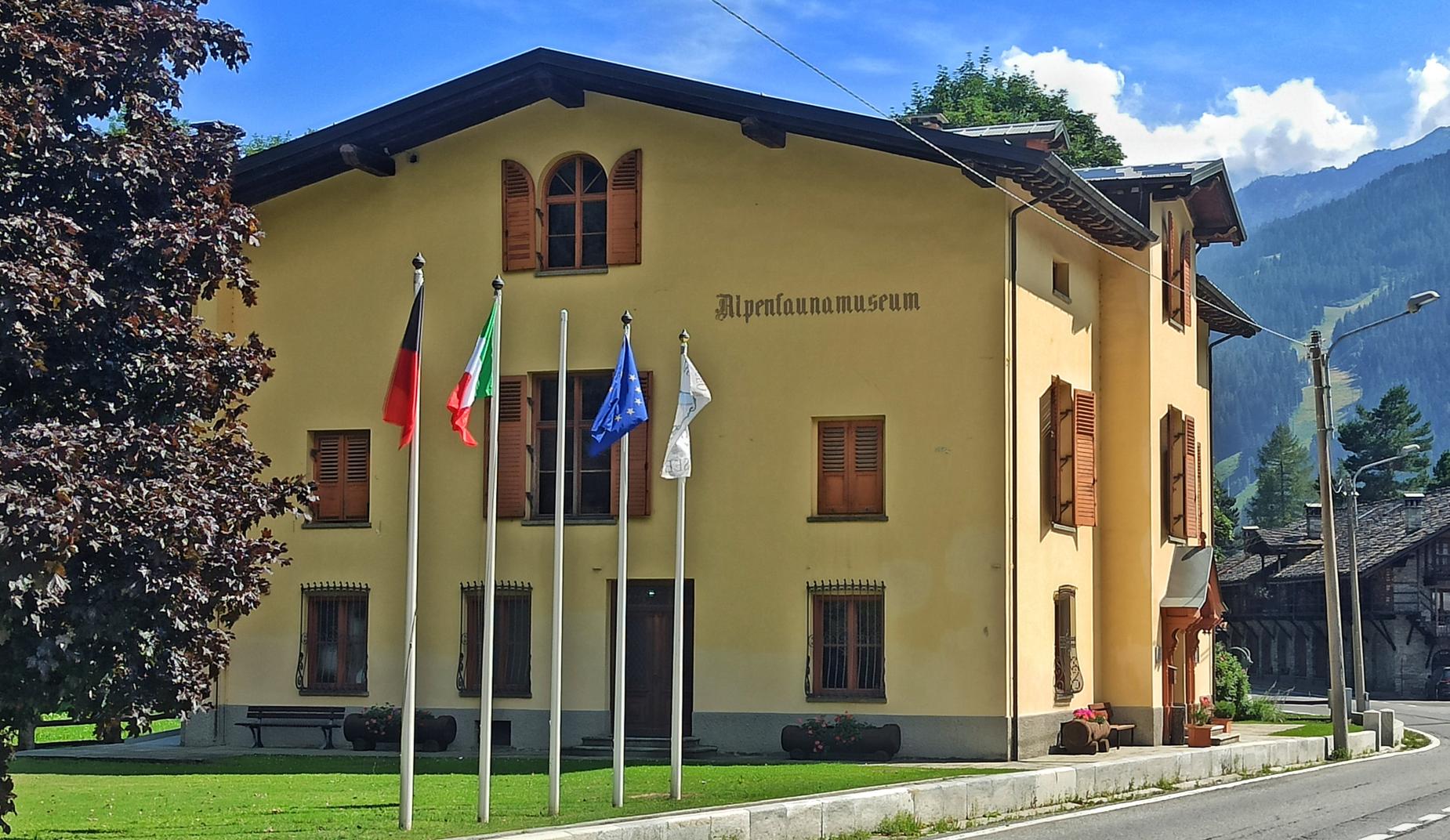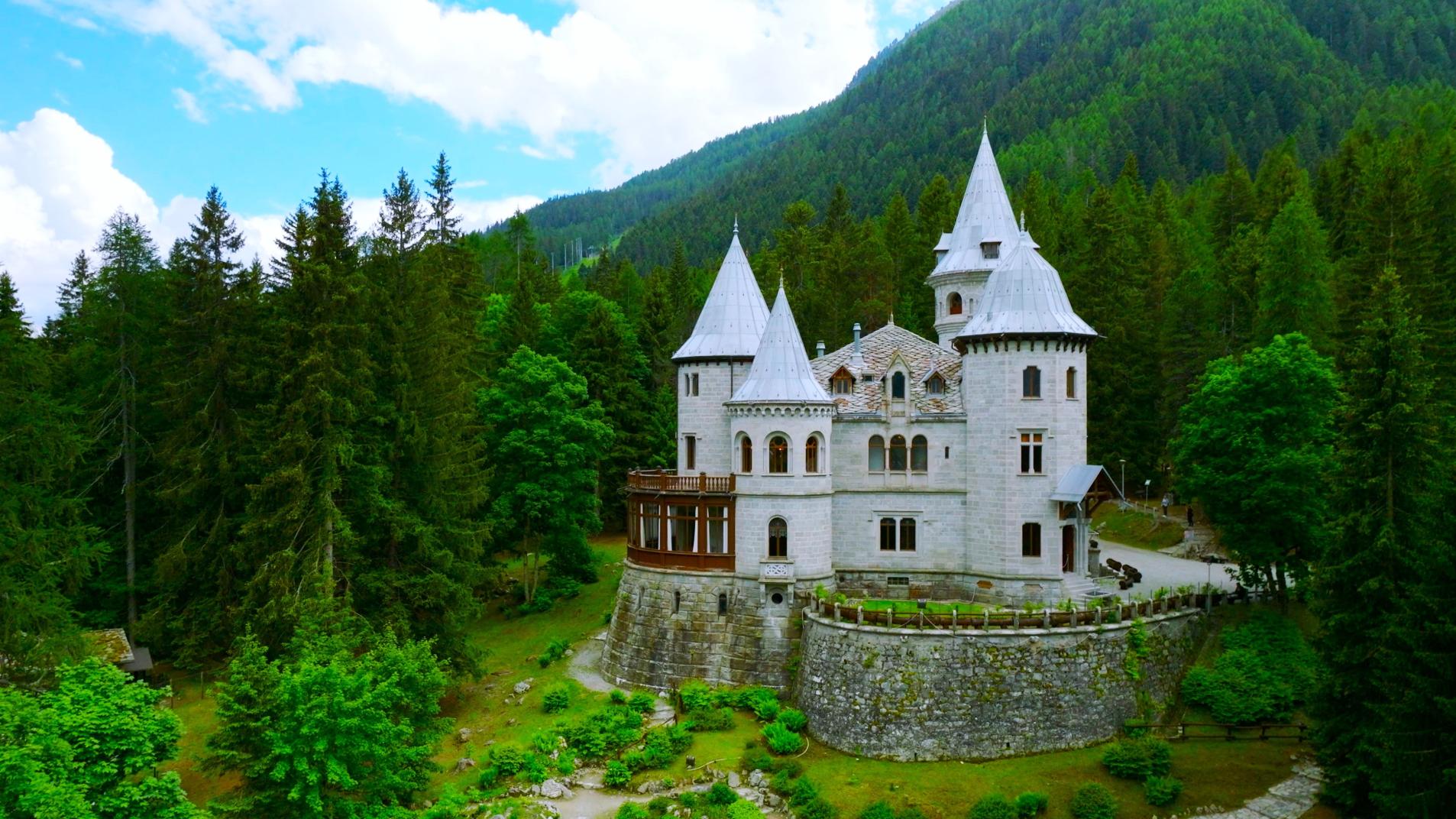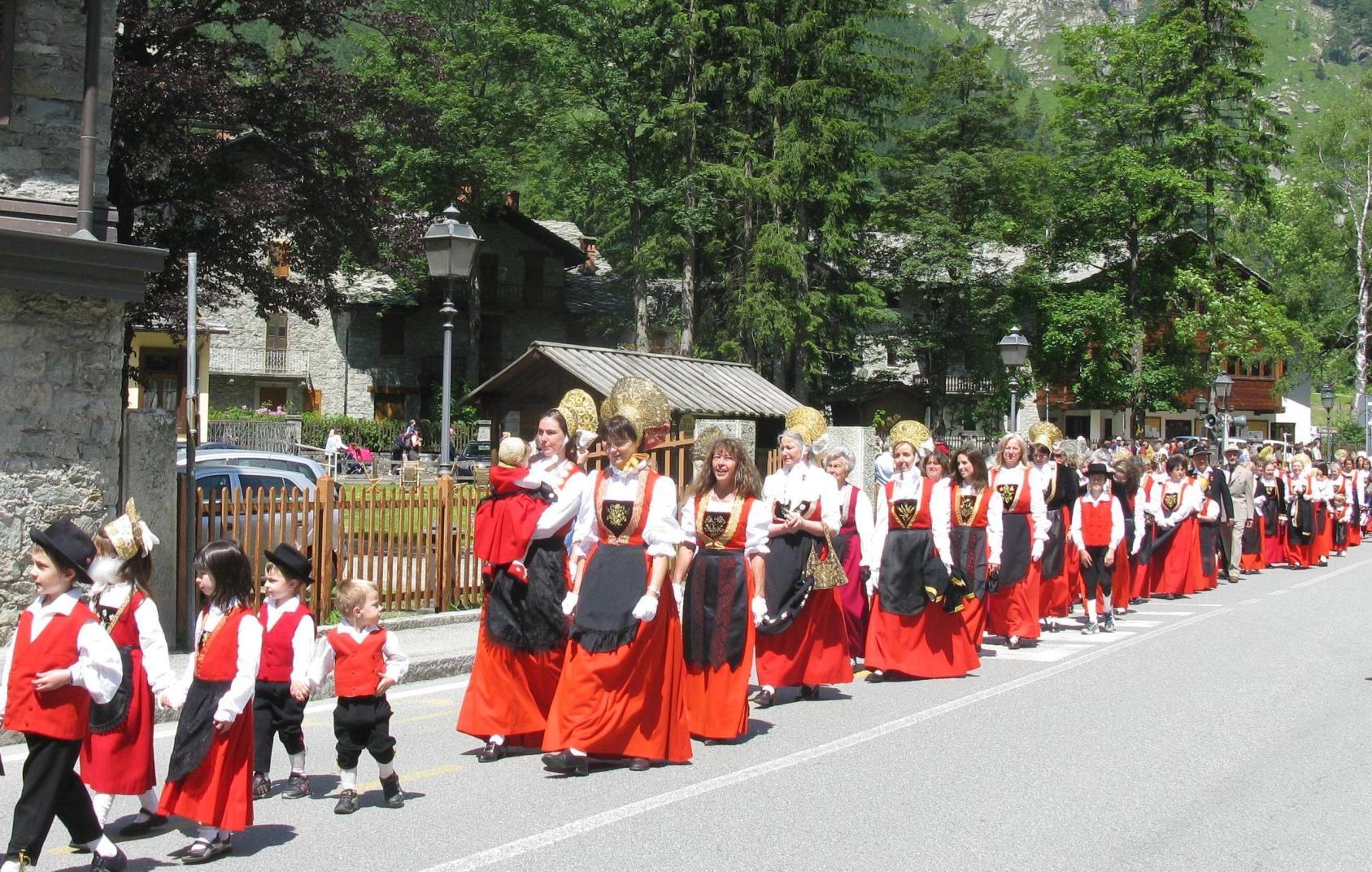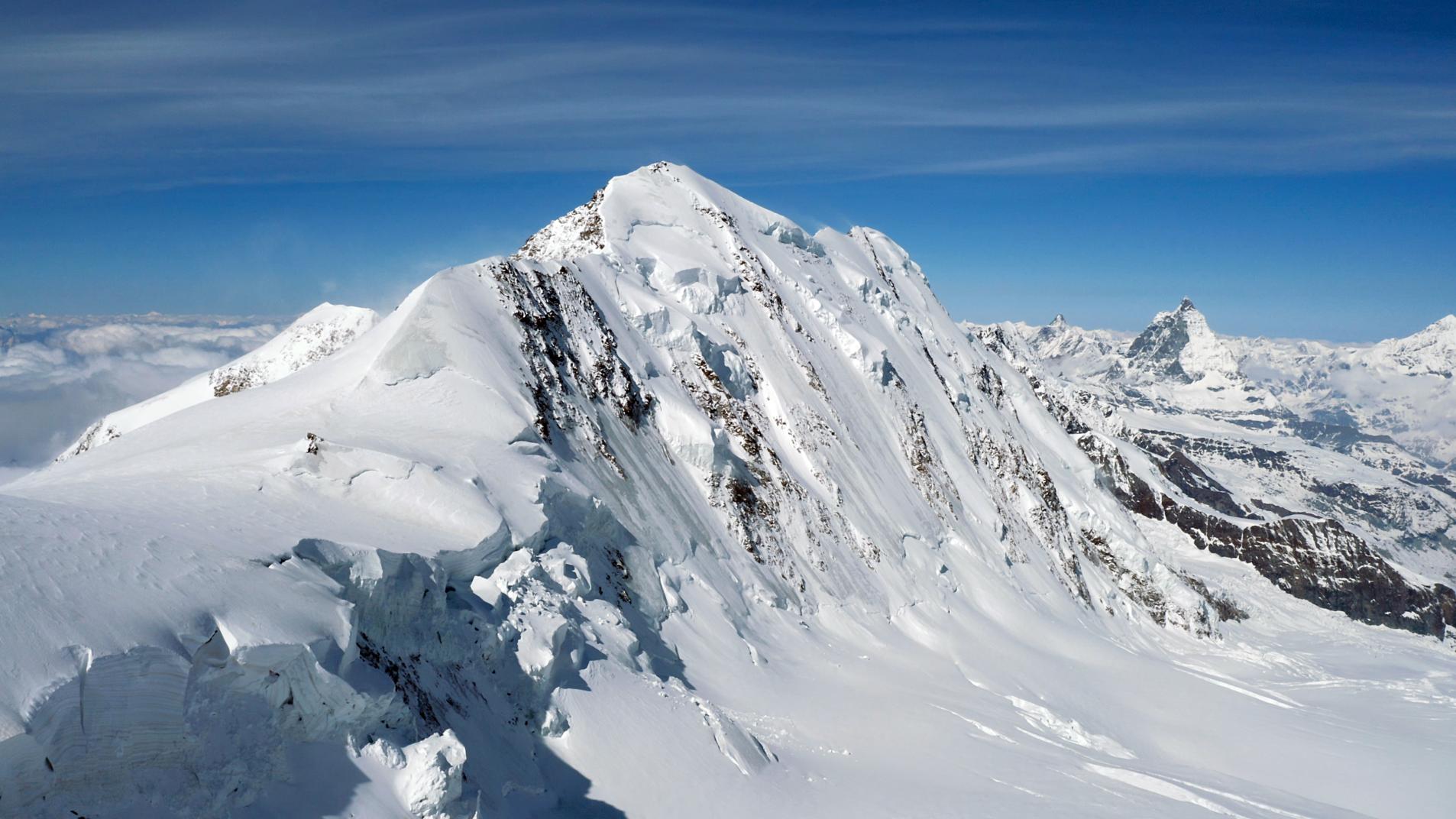The Fort of Bard, which has remained almost intact since its construction, is one of the best examples of a barrier fortress of the early nineteenth century.
The strong square consists of three main buildings, placed at different levels, between 400 and 467 meters: from the lowest, the Opera Ferdinando, to the middle, the Opera Vittorio, and the highest, the Opera Carlo Alberto for a total of 283 rooms.
The Opera Ferdinando is in the shape of a pincer and consists of two buildings, the Lower Ferdinand Opera and the Upper Ferdinand Opera in which is located the Museum of Fortifications and Frontiers.
The Opera Mortai, located behind it, and the adjacent Polveriera house the premises for educational workshops and are also used for temporary exhibitions.
About half of the fortress is the Opera Vittorio, which houses The Alps of the Boys, a path entirely dedicated to the youngest approach to mountaineering.
At the height of the relief, the most imposing of the three works is formed by a wall on which all the buildings rest and which contains the Opera di Gola, with its courtyard, placed to defend the south side, and the Opera Carlo Alberto with the large square courtyard of the Piazza d'Armi, surrounded by a large porch. The first floor of the Opera houses the Museum of the Alps. On the ground floor, along the Deambulatorium overlooking the large Piazza d'Armi, there are spaces dedicated to temporary exhibitions (Gunboats, Cellars, Guard Corps) and the Vallée Culture space.
Inside the Opera Carlo Alberto there are also the Prisons, 24 detention cells arranged along four sections. The narrow cells where prisoners were held have very small dimensions, about 1.3X2 meters. During the nineteenth century they arrived to host dozens of prisoners, in particular during the third Insurrection des Socques of 1854 and then were transformed into stores of food of the fortress. The space houses a multimedia path dedicated to the history of the fortress.

